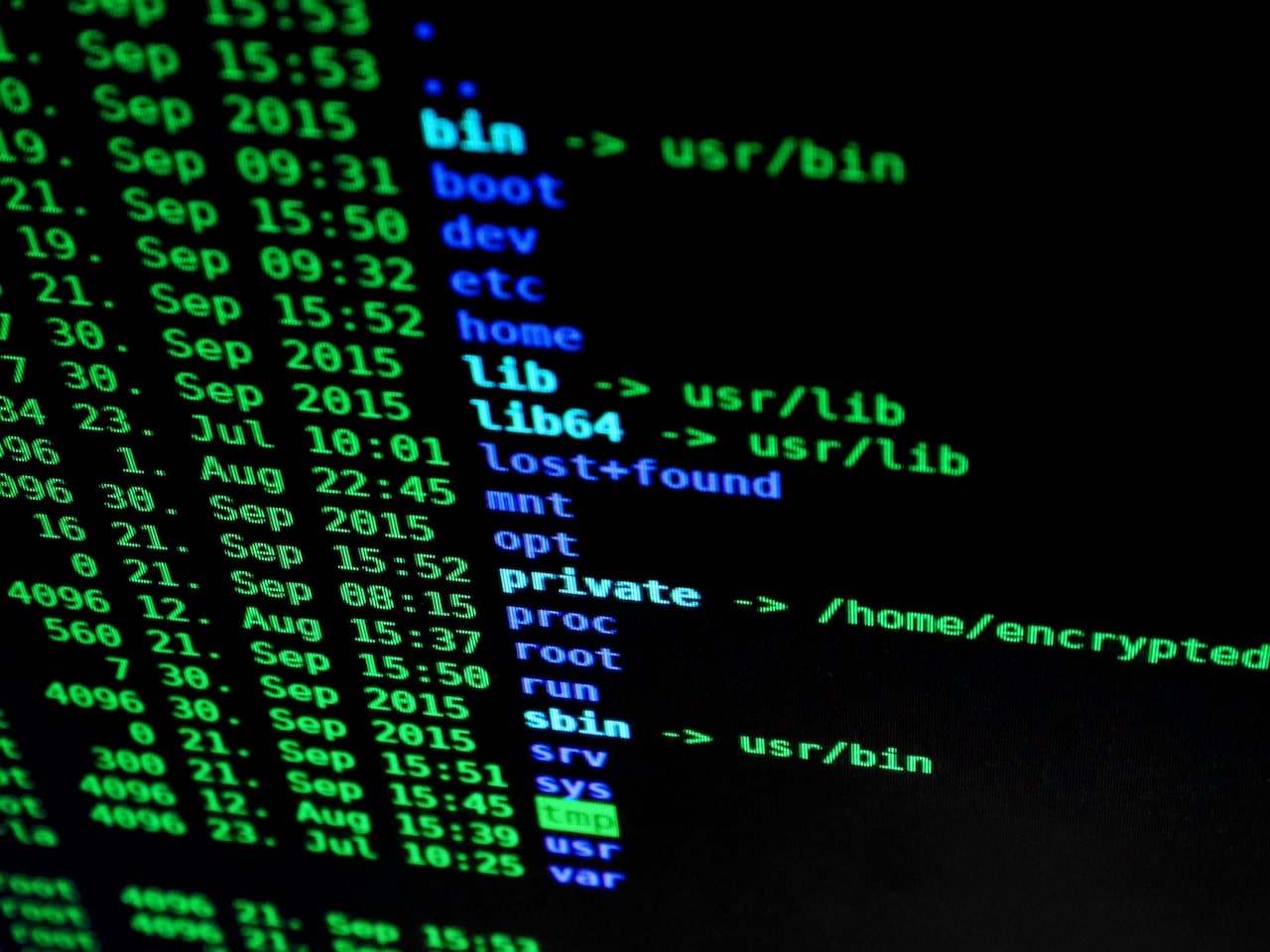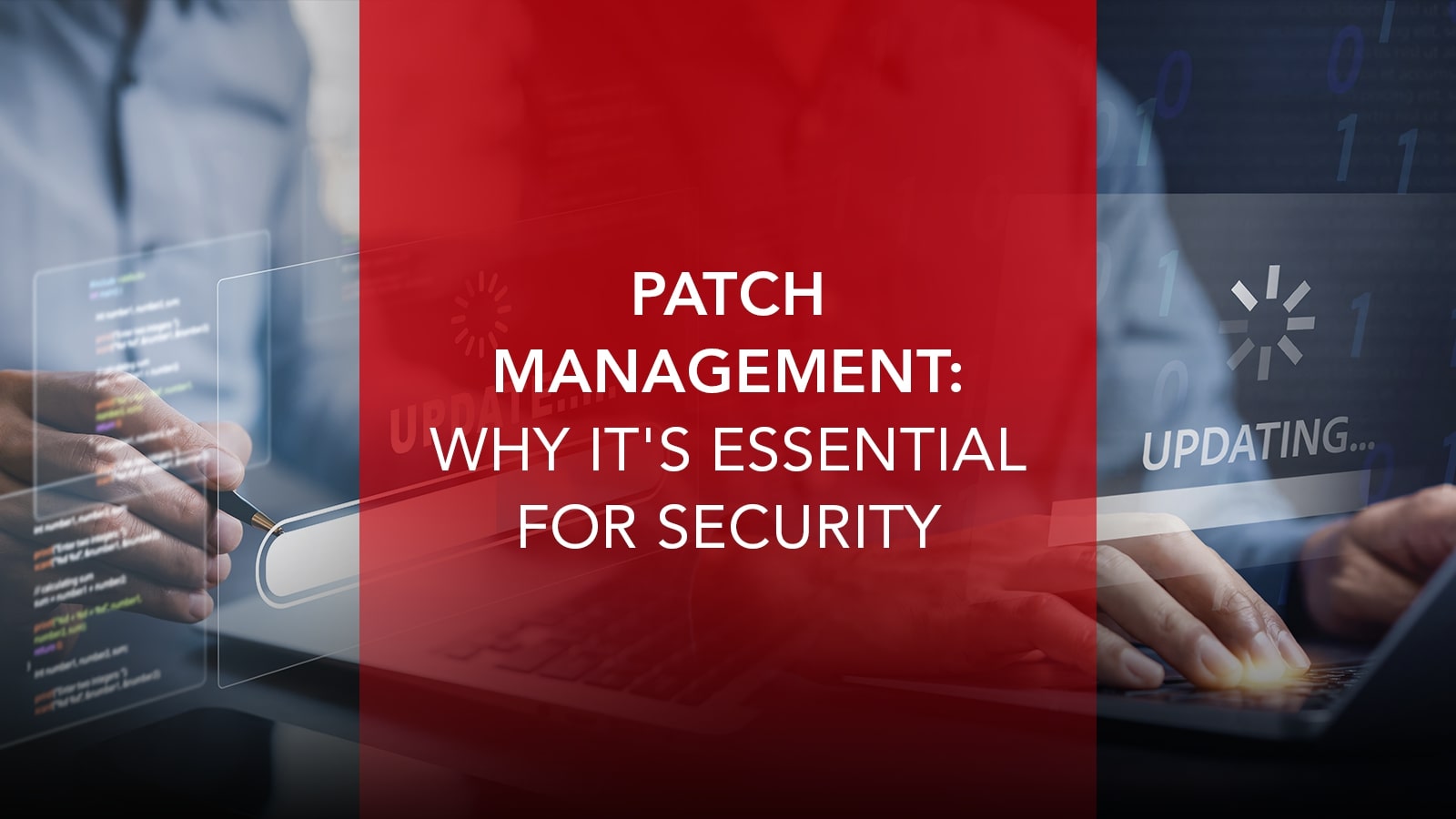In cybersecurity, some of the biggest threats aren’t exotic, zero-day exploits–they’re known vulnerabilities that never got fixed. That’s where patch management comes in. At its core, patching is about keeping systems updated with the latest fixes and closing security gaps before attackers can exploit them. For IT leaders, CISOs, and compliance-focused organizations, patch management is not just a best practice–it’s a critical defense layer and a compliance requirement.
Yet despite its importance, patching is often delayed or overlooked because of competing IT priorities, testing concerns, or the complexity of large environments. Unfortunately, attackers often take advantage of this reality. A single missed update can lead to ransomware infections, data theft, or costly regulatory fines. The good news: with the right strategy, tools, and support, patching doesn’t have to be overwhelming.
What is Patch Management?
Patch management is the process of identifying, acquiring, testing, and deploying software updates–commonly called “patches”–to fix vulnerabilities or improve performance. It’s a structured cycle designed to keep systems secure, stable, and compliant with industry regulations.
Think of patches as maintenance for the digital infrastructure that underpins your business. Just as physical equipment requires regular servicing, applications, operating systems, and firmware also need ongoing attention. A robust patch management process ensures no device, server, or application lags behind and becomes the weak link in your defenses.

Why Software Patches Exist
Software patching isn’t just about plugging security holes. It serves several purposes:
- Fixing known security vulnerabilities – Closing exploitable flaws before attackers weaponize them.
- Improving software stability or adding features – Enhancing performance, fixing bugs, and enabling new capabilities.
- Maintaining compliance with standards – Meeting the requirements of regulatory frameworks that mandate timely updates.
Whether it’s a security patch update or a feature enhancement, patching ensures technology continues to support business goals without exposing unnecessary risk.
Why Patch Management is Critical for Cybersecurity
Cybercriminals don’t always rely on novel techniques–they often exploit known flaws left unpatched. Effective security patch management blocks these attacks by ensuring vulnerabilities are closed before adversaries can take advantage. Each patch release signals that a weakness exists, and attackers are quick to weaponize it. Fast, structured patch deployment turns patching into a frontline defense.
Compliance is another major driver. Frameworks like HIPAA, PCI-DSS, and ISO 27001 all require organizations to maintain a clear patch management policy and demonstrate patch compliance. Keeping up with regular security patch updates not only reduces exposure but also protects against regulatory fines, failed audits, and reputational harm.
Finally, patching is essential for operational integrity. Outages, ransomware incidents, and data loss are common consequences of missing updates. Consistent operating system updates, third-party application patching, and careful handling of legacy system patching keep business processes reliable while limiting downtime. By balancing speed with testing, organizations reduce both risk and disruption.
Real-World Breaches Caused by Missed Patches
Take the 2017 Equifax breach, for example. Attackers exploited an unpatched vulnerability in Apache Struts, leading to the exposure of nearly 148 million personal records. The patch was available months before the breach, but it wasn’t applied.
Or consider WannaCry ransomware, which spread globally by exploiting a known Windows vulnerability. Microsoft had released the fix, but countless organizations failed to apply it in time. The result was a massive disruption across healthcare, logistics, and government sectors.
Both cases underscore a simple truth: missed patches can cause multimillion-dollar damages and long-term reputational harm.
The Vulnerability Window
When vendors disclose vulnerabilities, they typically release a patch at the same time. But from the moment that information goes public, attackers race to weaponize it. This creates a “vulnerability window”–a critical period in which unpatched systems are at high risk.
The faster your organization can identify, test, and deploy critical vulnerability patches, the smaller that window becomes. Delayed patching, on the other hand, gives adversaries a head start.
Patch Management and Compliance Requirements
Beyond security, patching is a compliance obligation. Most regulatory and industry frameworks mandate a structured patch management policy to ensure systems stay protected.
Here’s how some common frameworks address patching:
| Framework | Requirement for Patch Management |
| HIPAA | Requires security measures to protect patient data, including timely application of security patches. |
| NIST | Recommends continuous monitoring and vulnerability management, which includes patching. |
| PCI-DSS | Mandates installation of security patch updates within one month of release. |
| ISO 27001 | Requires organizations to establish and follow a patch management lifecycle as part of system maintenance. |
Common Patch Management Challenges
Despite its importance, patching remains one of the toughest aspects of IT security. Organizations often run into obstacles that delay or prevent effective patching.
- Legacy system patching – Older applications and hardware may no longer be supported, leaving critical systems exposed.
- Lack of centralized visibility – Without a full inventory of assets, IT teams may miss devices or apps that require patching.
- Patch testing delays – Updates can break functionality, making thorough testing essential before deployment.
- Manual update processes – Organizations that lack automation waste valuable time coordinating patches across teams and devices.
Risk of Downtime
Applying patches blindly in production environments is risky. Updates can cause outages, performance issues, or application conflicts. That’s why patch testing and carefully scheduled patch deployment are essential, especially in high-availability environments like healthcare or finance. A well-defined testing phase not only minimizes the risk of downtime but also helps IT teams anticipate compatibility issues, plan rollback strategies, and maintain business continuity while still closing critical security gaps.

Best Practices for Effective Patch Management
To overcome these challenges, organizations need a structured approach that balances speed with safety. Here are some proven best practices:
- Centralized asset inventory – Maintain visibility into every endpoint, server, and application.
- Patch priority triaging based on severity – Use risk-based patching to prioritize fixes for the most exploitable vulnerabilities.
- Scheduled testing and rollout – Test patches in a controlled environment before production deployment.
- Use automation – Implement automated patch management to reduce human error and accelerate deployment.
- Integrate third-party application patching – Don’t overlook apps outside the operating system; many attacks target unpatched third-party tools.
- Document everything – Record patch schedules, exceptions, and results for patch compliance and audits.
Modern patch management tools make these best practices easier by consolidating visibility, automating deployment, and integrating with broader vulnerability management programs.
How MSSPs Help Simplify Patch Management
For many organizations, in-house teams simply don’t have the bandwidth to manage patching at scale. That’s where Managed Security Service Providers (MSSPs) like VirtualArmour come in.
An MSSP can take on the heavy lifting of IT patch management services, ensuring your systems stay secure and compliant. Benefits include:
- 24/7 monitoring – Continuous tracking of new vulnerabilities and available patches.
- Automated patch deployment – Scheduled, reliable rollouts across all endpoints and networks.
- Documentation for Compliance – Detailed records that simplify audits and prove adherence to policies.
- Expert support – Guidance on endpoint patch management, network patch management, and integration with broader security operations.
By outsourcing patching to an MSSP, organizations reduce risk, free up internal IT resources, and improve security posture without overextending their teams.
Final Thoughts: Don’t Let Patch Management Fall Behind
Cybersecurity threats aren’t slowing down, and neither is the pace of new vulnerabilities. An unpatched system is a ticking time bomb–one that attackers are eager to exploit. That’s why a proactive, well-structured patch management lifecycle is essential.
From operating system updates to third-party application patching, from testing to compliance reporting, every part of the patch management process contributes to stronger defenses and reduced risk. Whether you handle patching in-house or partner with an MSSP, the key is making patch management continuous, automated, and aligned with compliance requirements.
Organizations that adopt risk-based patching and leverage automated patch management are not only protecting themselves against the latest exploits, but also streamlining IT efficiency and reducing costs tied to manual patching. A strong patch management policy ensures no asset is overlooked, from workstations to cloud infrastructure, while also keeping you audit-ready for regulatory frameworks. The reality is simple: attackers count on neglect. Staying ahead with disciplined patching practices means you’re closing doors before they even have a chance to knock, and one of the most efficient ways to do this is partnering with an MSSP.
VirtualArmour helps organizations streamline security patch management with expert guidance, automation, and round-the-clock support.
Don’t let patching fall behind–connect with one of our dedicated team members today to strengthen your cyber resilience.






